Home>Furniture & Design>Interior Design Trends>How Long Can Water Be Stored In Glass Bottles
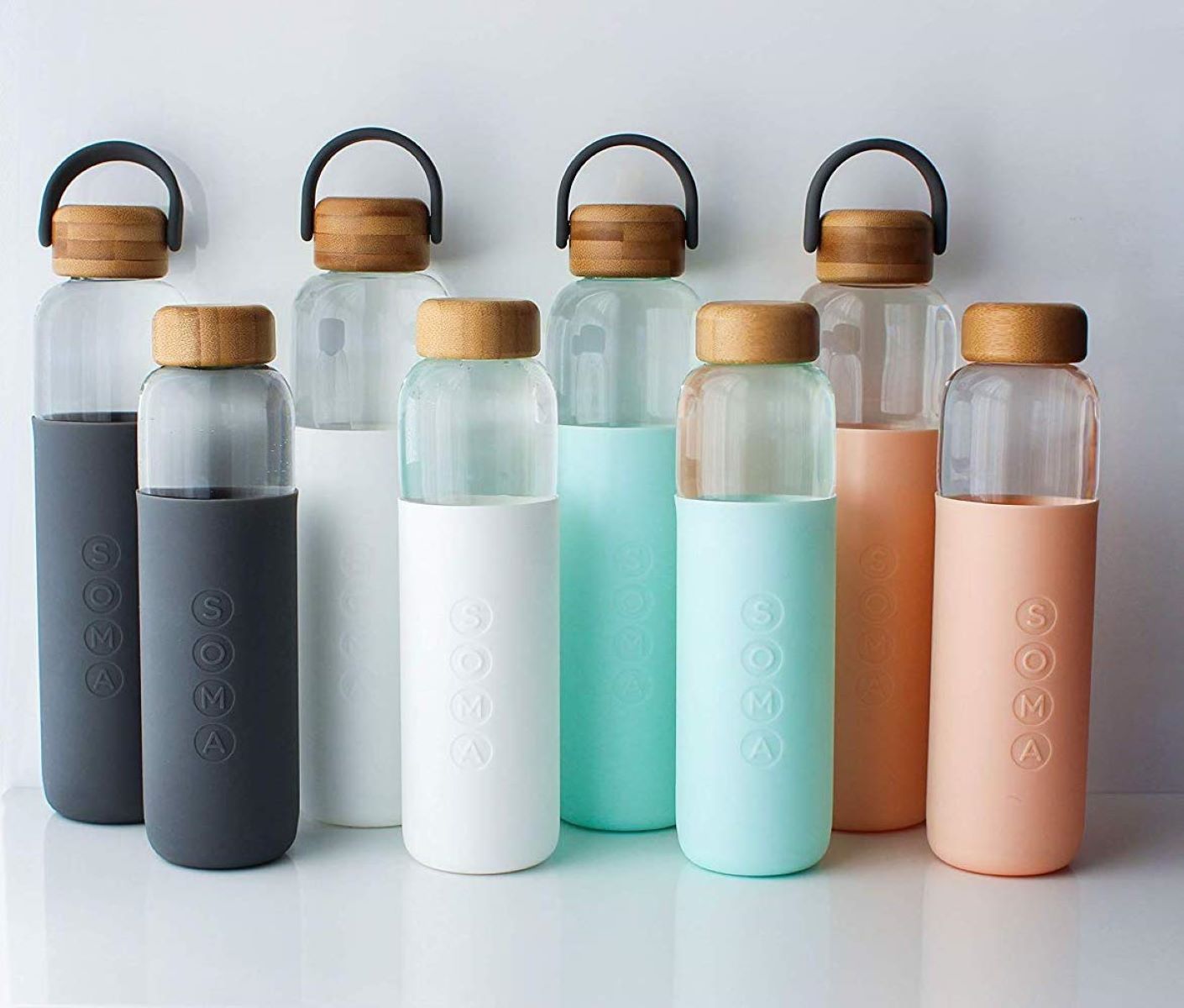

Interior Design Trends
How Long Can Water Be Stored In Glass Bottles
Modified: March 23, 2024
Discover the latest interior design trends for storing water in glass bottles. Learn how long water can be safely stored and the best practices for maintaining purity. Explore stylish and functional solutions for your home.
(Many of the links in this article redirect to a specific reviewed product. Your purchase of these products through affiliate links helps to generate commission for Storables.com, at no extra cost. Learn more)
Introduction
Storing water in glass bottles is a practice that has gained popularity due to concerns about the potential health risks associated with plastic containers. Glass offers a non-permeable and non-reactive storage solution, making it an attractive option for those seeking a safe and eco-friendly way to store water. However, while glass bottles offer numerous benefits, it's essential to understand the factors that can impact the longevity and safety of water stored in them.
In this comprehensive guide, we will delve into the various aspects of storing water in glass bottles, including the factors that can affect water storage, best practices for maintaining water quality, and signs of potential spoilage. By gaining a deeper understanding of these elements, individuals can make informed decisions about the storage and consumption of water from glass bottles.
As we explore this topic, it's important to recognize the significance of proper water storage, especially in emergency preparedness and everyday hydration. Whether it's for long-term storage in a pantry or for carrying water on outdoor adventures, the quality and safety of the water we consume are paramount. With glass bottles becoming a popular choice for water storage, it's crucial to equip ourselves with the knowledge needed to ensure that the water remains safe, clean, and refreshing.
Throughout this guide, we will provide practical insights and recommendations to help readers make the most of their glass water bottles, enabling them to enjoy the benefits of this storage method with confidence. From understanding the impact of environmental factors on water quality to recognizing the signs of potential spoilage, this guide aims to empower individuals to make informed choices about their water storage practices.
By the end of this exploration, readers will have a comprehensive understanding of the best practices for storing water in glass bottles, allowing them to maintain the quality and safety of their water supply. Let's embark on this journey to uncover the secrets of effective water storage in glass bottles and ensure that every sip of water is as pure and refreshing as nature intended.
Key Takeaways:
- Storing water in glass bottles requires choosing high-quality bottles, keeping them away from sunlight and extreme temperatures, and using purified water to ensure safety and freshness.
- Watch out for signs of water spoilage in glass bottles, such as unusual odor, cloudy appearance, or mold growth, to maintain the quality and safety of stored water.
Read more: How Long Does Water Last In Glass Bottles
Factors Affecting Water Storage in Glass Bottles
When it comes to storing water in glass bottles, several factors can significantly impact the quality and safety of the water. Understanding these factors is crucial for maintaining the integrity of the stored water. Let's explore the key elements that can affect water storage in glass bottles:
1. Exposure to Sunlight:
Glass bottles offer excellent protection against sunlight, which can cause chemical reactions and promote the growth of algae or bacteria in water. However, prolonged exposure to direct sunlight can still lead to temperature fluctuations, potentially affecting the water quality. It's essential to store glass bottles in a cool, dark place to minimize the impact of sunlight exposure.
2. Temperature Fluctuations:
Extreme temperatures can influence the quality of water stored in glass bottles. When exposed to high temperatures, such as those in a hot car or direct sunlight, the water may become warmer, potentially leading to a change in taste and promoting bacterial growth. Conversely, exposure to freezing temperatures can cause the glass to crack, compromising the integrity of the bottle and potentially contaminating the water. Maintaining a consistent, moderate temperature is essential for preserving the quality of the stored water.
3. Physical Damage:
Glass bottles are susceptible to breakage if mishandled or subjected to impact. Cracks or chips in the glass can compromise the integrity of the bottle, allowing contaminants to enter the water. It's crucial to handle glass bottles with care and inspect them regularly for any signs of damage to ensure the safety of the stored water.
Read more: How To Store Bottled Water Long Term
4. Air Exposure:
While glass is impermeable and non-reactive, prolonged exposure to air can still lead to the absorption of odors or airborne contaminants, potentially affecting the taste and quality of the water. Sealing the glass bottles tightly and minimizing air exposure can help preserve the freshness of the stored water.
5. Quality of Water Source:
The initial quality of the water being stored is a critical factor. If the water is sourced from a clean and reliable supply, it is more likely to maintain its quality when stored in glass bottles. However, if the water is already contaminated or of questionable quality, storing it in glass bottles may not be sufficient to ensure its long-term safety.
By considering these factors and taking proactive measures to mitigate potential risks, individuals can optimize the storage of water in glass bottles, ensuring that the water remains safe, clean, and refreshing for consumption.
Best Practices for Storing Water in Glass Bottles
Storing water in glass bottles requires careful attention to best practices to ensure the longevity and safety of the water. By following these guidelines, individuals can maintain the quality of their water supply and enjoy the numerous benefits of glass bottle storage. Here are the best practices for storing water in glass bottles:
-
Choose High-Quality Glass Bottles: Select glass bottles specifically designed for storing water. Look for bottles made from durable, lead-free glass that is designed to withstand temperature changes and physical impact. High-quality glass bottles reduce the risk of breakage and help preserve the freshness of the water.
-
Clean and Sterilize Bottles: Before filling the glass bottles with water, ensure that they are thoroughly cleaned and sterilized. Use hot, soapy water to wash the bottles, followed by a rinse with a diluted bleach solution or a sterilizing tablet. This process helps eliminate any potential contaminants and ensures a clean environment for the stored water.
-
Use Purified or Filtered Water: Fill the glass bottles with purified or filtered water to minimize the presence of impurities and contaminants. Purified water undergoes processes such as distillation, reverse osmosis, or filtration to remove impurities, ensuring a high standard of water quality for storage.
-
Avoid Flavored or Carbonated Water: When storing water in glass bottles, opt for plain, unflavored water. Flavored or carbonated water may leave residues or odors that can affect the taste and purity of the stored water. Choosing plain water helps maintain the natural freshness and cleanliness of the water.
-
Seal Bottles Tightly: Ensure that the glass bottles are tightly sealed to prevent air exposure and minimize the risk of contamination. A secure seal helps preserve the quality and taste of the water, preventing the absorption of odors or airborne contaminants.
-
Store in a Cool, Dark Place: Find a suitable storage location for the glass bottles, away from direct sunlight and extreme temperatures. Ideally, store the bottles in a cool, dark place to minimize the impact of environmental factors on the water quality. Consistent, moderate temperatures help maintain the freshness of the stored water.
-
Regularly Inspect and Rotate Stock: Periodically inspect the glass bottles for any signs of damage or contamination. Additionally, consider rotating the stock of stored water to ensure that it remains fresh and safe for consumption. This practice helps prevent the prolonged storage of water and promotes the use of the oldest stock first.
By adhering to these best practices, individuals can optimize the storage of water in glass bottles, ensuring that the water remains clean, safe, and refreshing for an extended period. Implementing these guidelines empowers individuals to make the most of their glass bottle storage, providing a reliable and sustainable water supply for various needs.
Signs of Water Spoilage in Glass Bottles
Recognizing the signs of water spoilage in glass bottles is essential for ensuring the safety and quality of the stored water. By being vigilant and observant, individuals can identify potential indicators of spoilage, allowing them to take appropriate measures to address any concerns. Here are the key signs to watch for:
-
Unusual Odor or Taste: One of the most noticeable signs of water spoilage is a distinct or unusual odor and taste. Fresh, clean water stored in glass bottles should have a neutral odor and a crisp, refreshing taste. If the water emits a musty, stale, or off-putting odor, or if it tastes unusual or unpleasant, it may indicate spoilage or contamination.
-
Cloudy Appearance: When inspecting water stored in glass bottles, clarity is an important visual indicator. Fresh water should appear clear and transparent. However, if the water exhibits a cloudy or murky appearance, it could signal the presence of impurities, sediment, or microbial growth, suggesting potential spoilage.
-
Presence of Sediment or Particles: Upon visual inspection, any visible sediment, particles, or foreign matter in the water is cause for concern. Clean water should be free of any visible impurities. The presence of sediment or particles may indicate contamination or the breakdown of the water's quality.
-
Altered Color: Fresh water stored in glass bottles typically maintains its natural color, appearing colorless or with a slight tinge depending on its source. However, if the water exhibits an unexpected or altered color, such as a yellowish or greenish hue, it may indicate the presence of contaminants or microbial growth, signaling potential spoilage.
-
Mold Growth: The presence of mold or mildew inside the glass bottles or along the waterline is a clear indication of spoilage. Mold growth can occur in response to exposure to moisture and air, particularly in inadequately sealed bottles or those stored in humid environments. Any visible mold should prompt immediate disposal of the water and thorough cleaning of the bottles.
-
Unexplained Illness After Consumption: If individuals experience unexplained illness, gastrointestinal discomfort, or symptoms of waterborne illness after consuming water from glass bottles, it may suggest that the water has become contaminated or spoiled. Monitoring the health effects of consumed water is crucial for identifying potential spoilage.
By remaining attentive to these signs and promptly addressing any indications of spoilage, individuals can uphold the safety and quality of water stored in glass bottles. Regular visual inspections, sensory evaluations, and proactive measures are essential for mitigating the risk of consuming compromised water. Maintaining a keen awareness of these signs empowers individuals to make informed decisions regarding the suitability of stored water for consumption.
Conclusion
In conclusion, the practice of storing water in glass bottles offers a compelling solution for those seeking a safe, eco-friendly, and reliable method of water storage. Throughout this comprehensive guide, we have explored the various factors that can impact water storage in glass bottles, the best practices for maintaining water quality, and the signs of potential spoilage. By gaining a deeper understanding of these elements, individuals can make informed decisions about their water storage practices, ensuring that the water remains safe, clean, and refreshing for consumption.
The factors affecting water storage in glass bottles, including exposure to sunlight, temperature fluctuations, physical damage, air exposure, and the initial quality of the water source, underscore the importance of proactive measures to mitigate potential risks. By considering these factors and implementing best practices such as choosing high-quality glass bottles, cleaning and sterilizing bottles, using purified water, and storing the bottles in a cool, dark place, individuals can optimize the storage of water in glass bottles, preserving its quality and safety.
Recognizing the signs of water spoilage in glass bottles, such as unusual odor or taste, cloudy appearance, presence of sediment or particles, altered color, mold growth, and unexplained illness after consumption, empowers individuals to take prompt action to address any concerns. Vigilance and regular inspections are essential for identifying potential spoilage and maintaining the integrity of the stored water.
As individuals embrace the benefits of storing water in glass bottles, whether for emergency preparedness, everyday hydration, or outdoor activities, the knowledge and insights shared in this guide serve as a valuable resource for ensuring the safety and quality of the stored water. By adhering to the best practices and remaining attentive to potential signs of spoilage, individuals can enjoy the peace of mind that comes with a reliable and sustainable water supply.
In essence, the effective storage of water in glass bottles requires a combination of proactive measures, informed decision-making, and ongoing vigilance. By integrating these principles into their water storage practices, individuals can uphold the purity and safety of their water supply, ensuring that every sip of water from a glass bottle is as refreshing and invigorating as nature intended.
Frequently Asked Questions about How Long Can Water Be Stored In Glass Bottles
Was this page helpful?
At Storables.com, we guarantee accurate and reliable information. Our content, validated by Expert Board Contributors, is crafted following stringent Editorial Policies. We're committed to providing you with well-researched, expert-backed insights for all your informational needs.
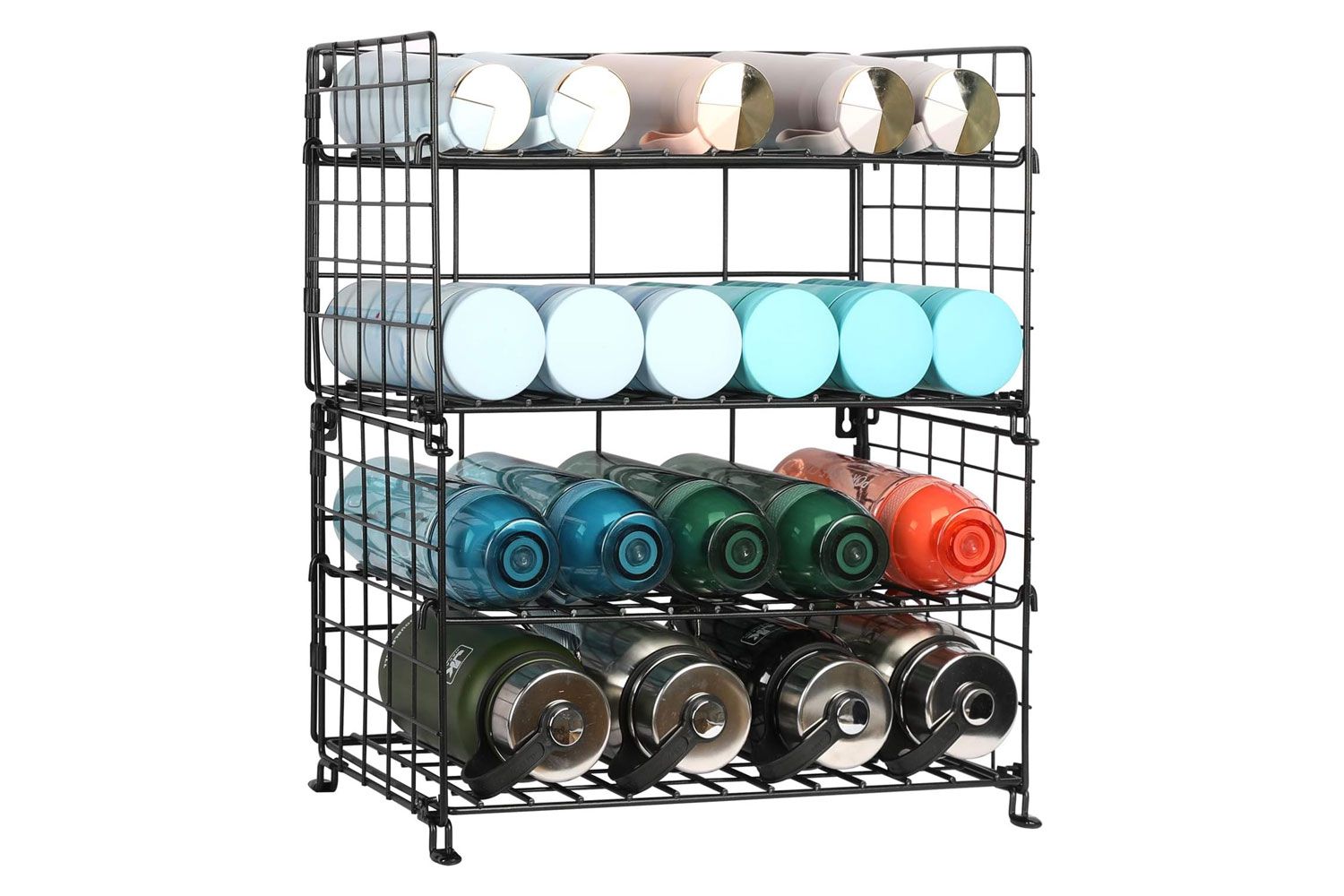
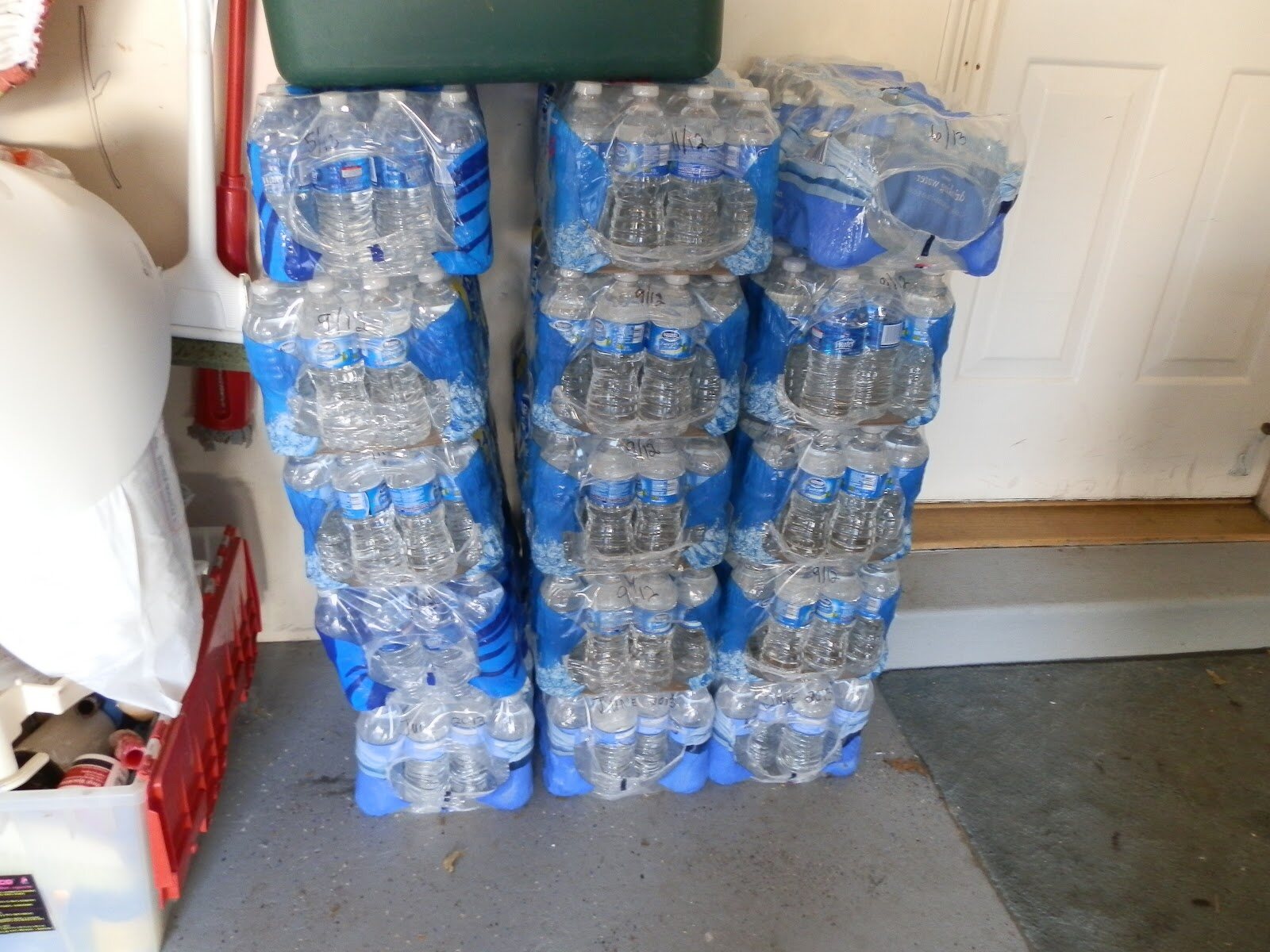
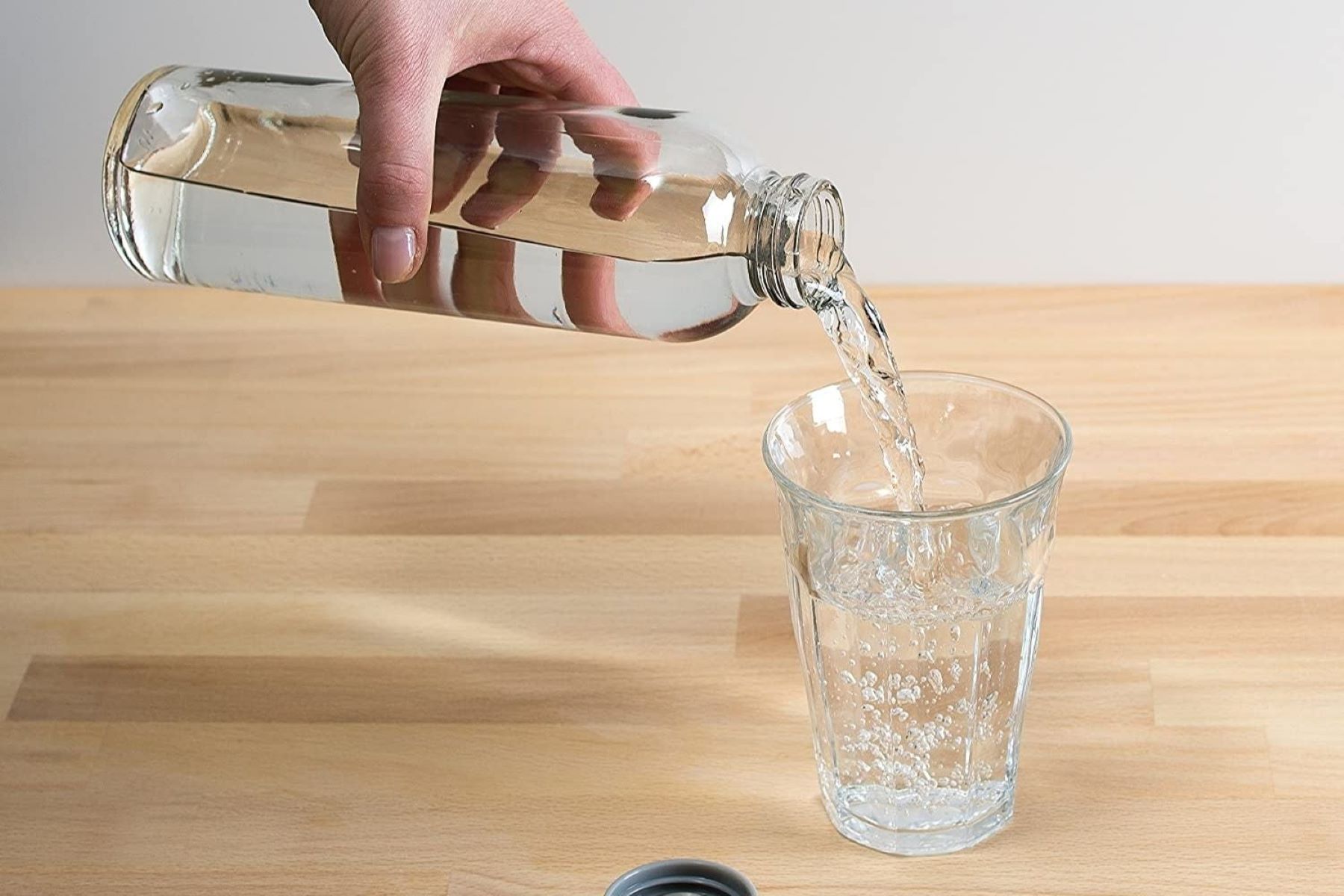
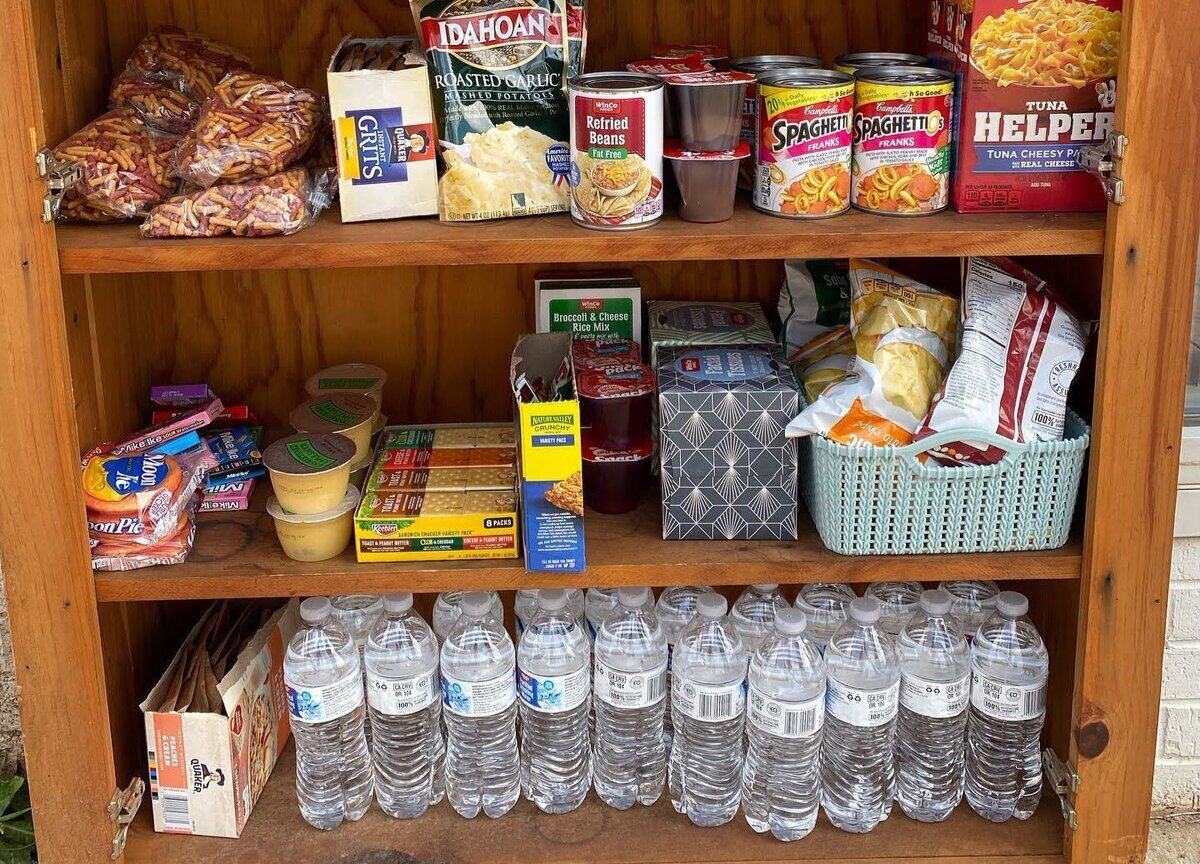
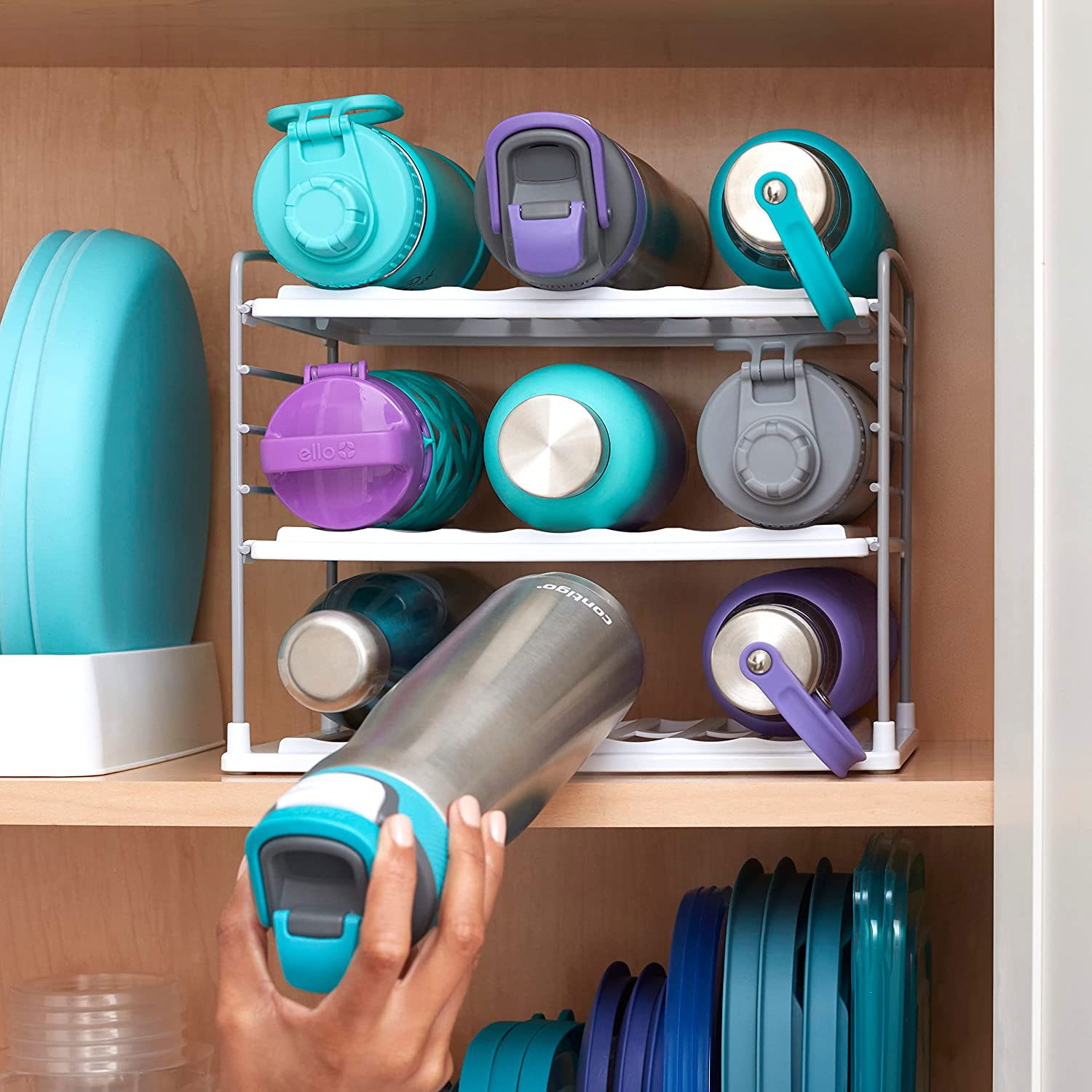
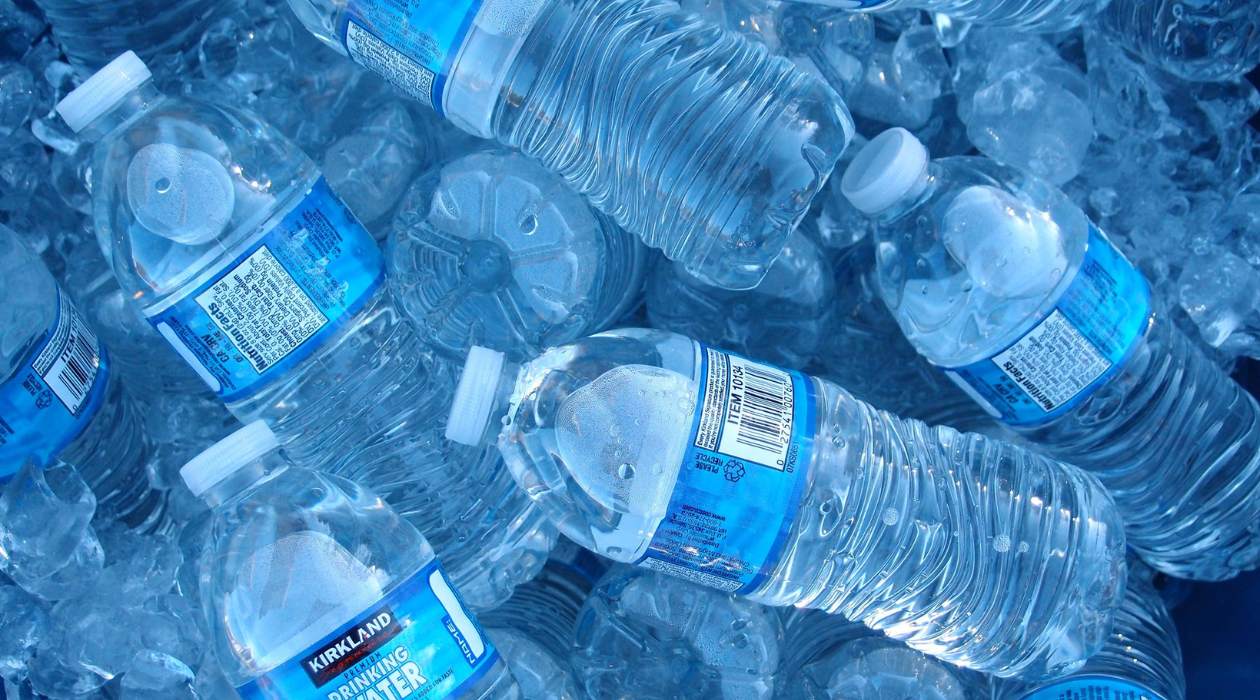
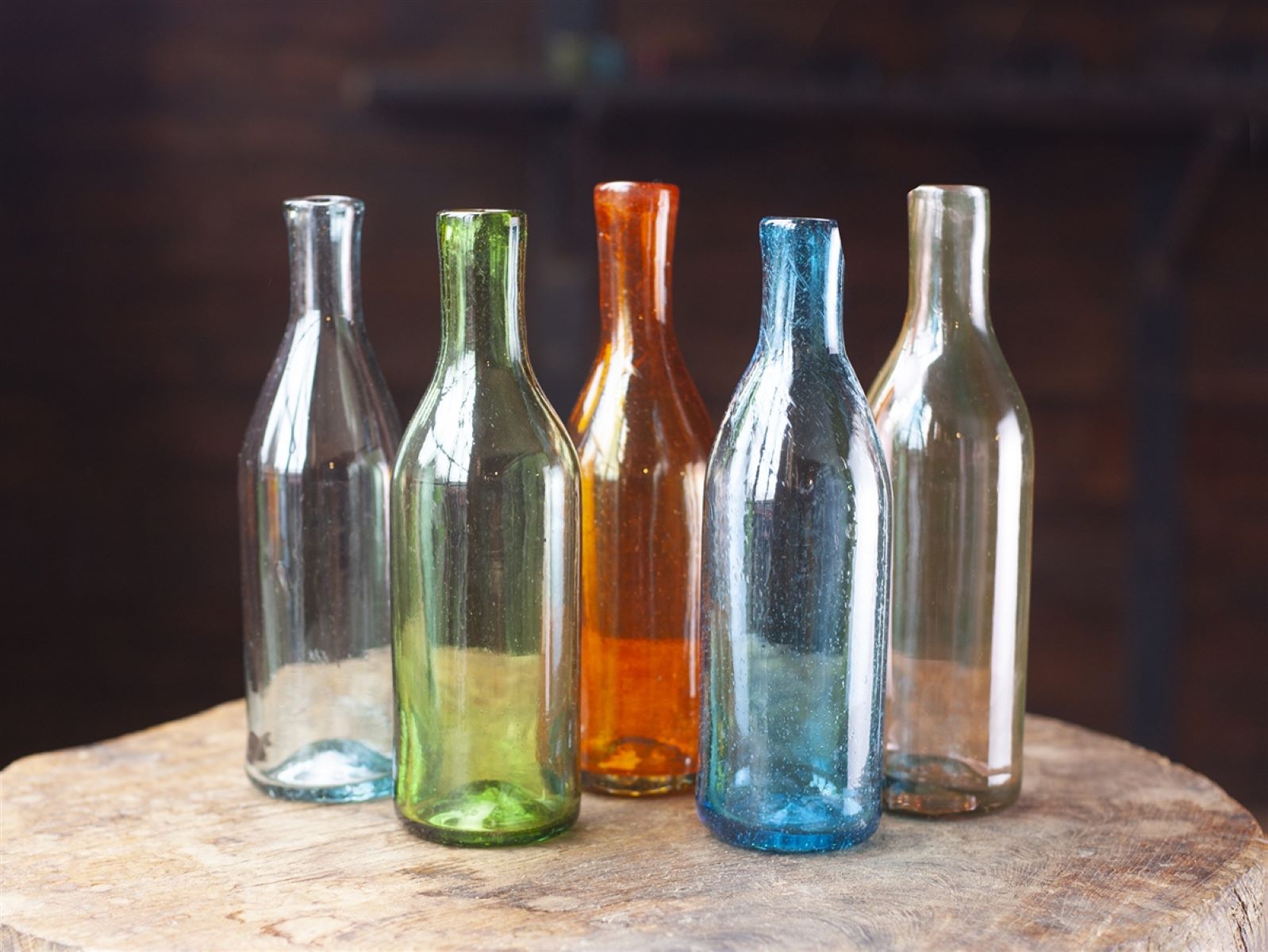
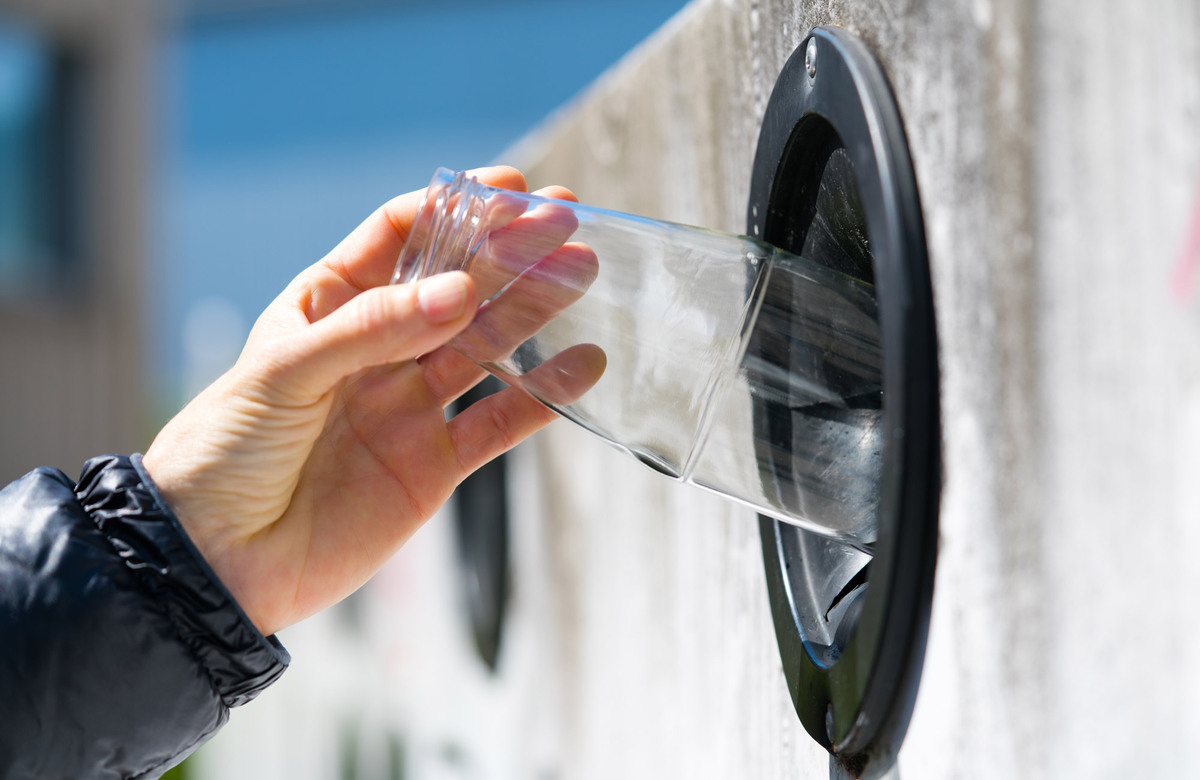
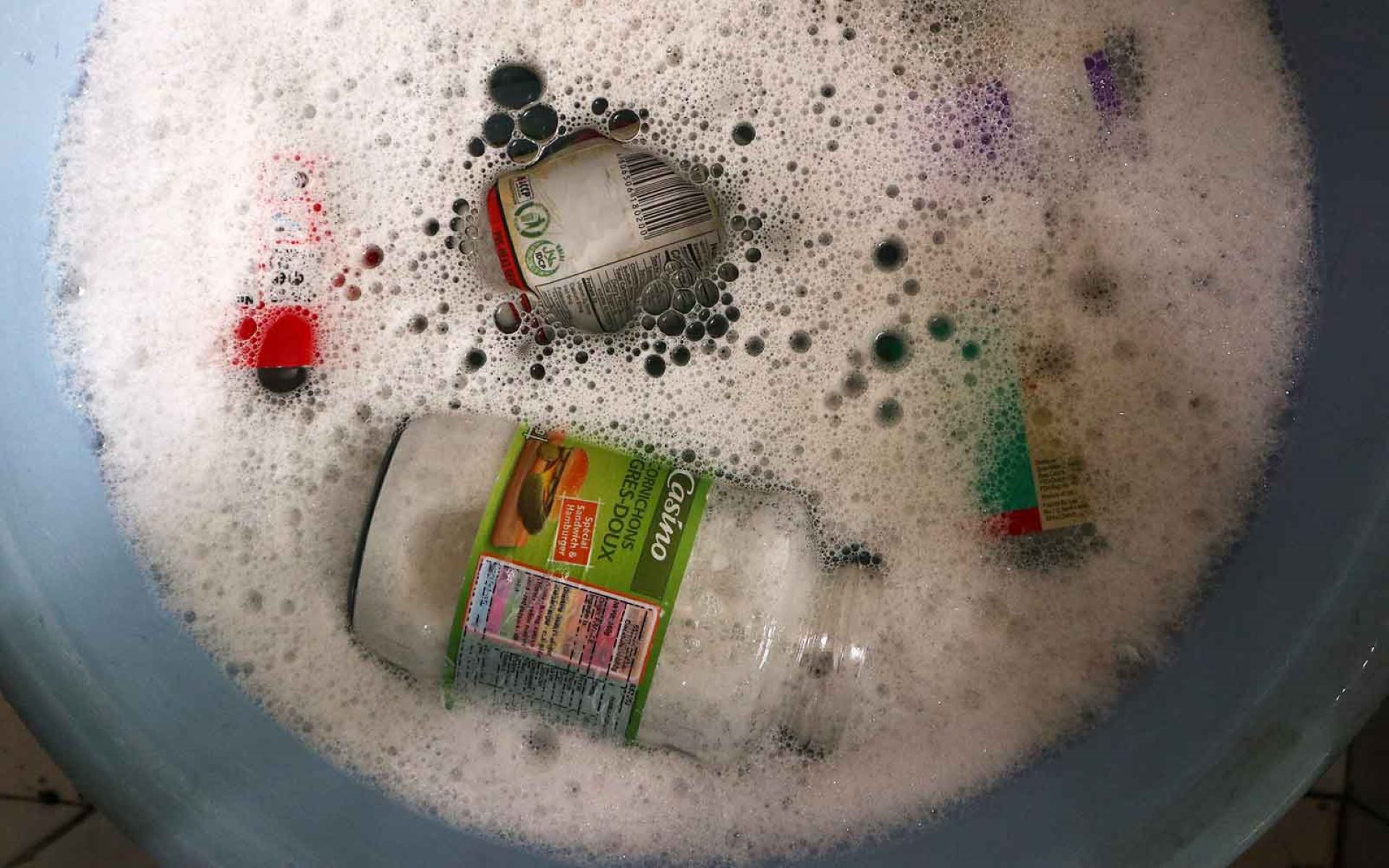
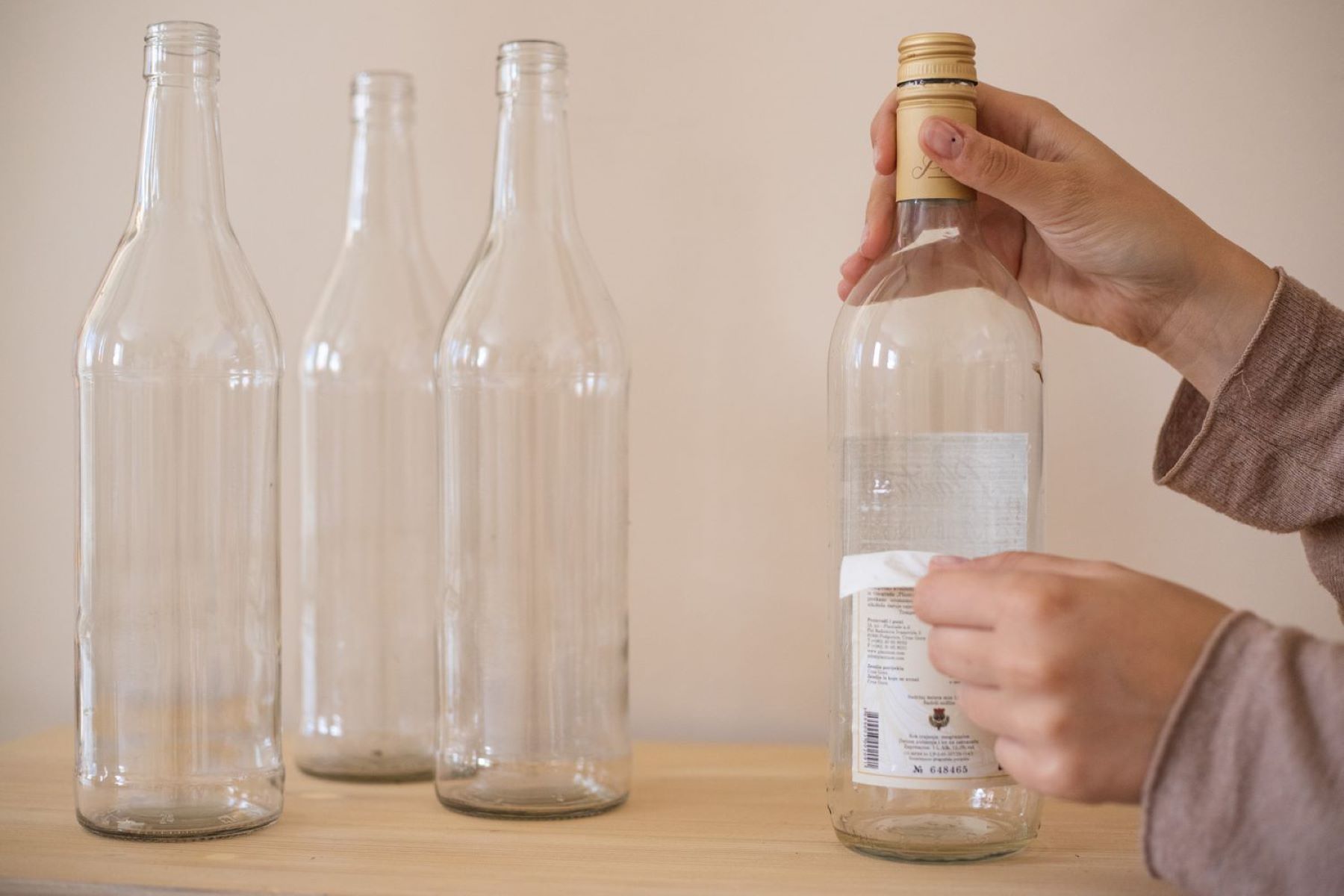
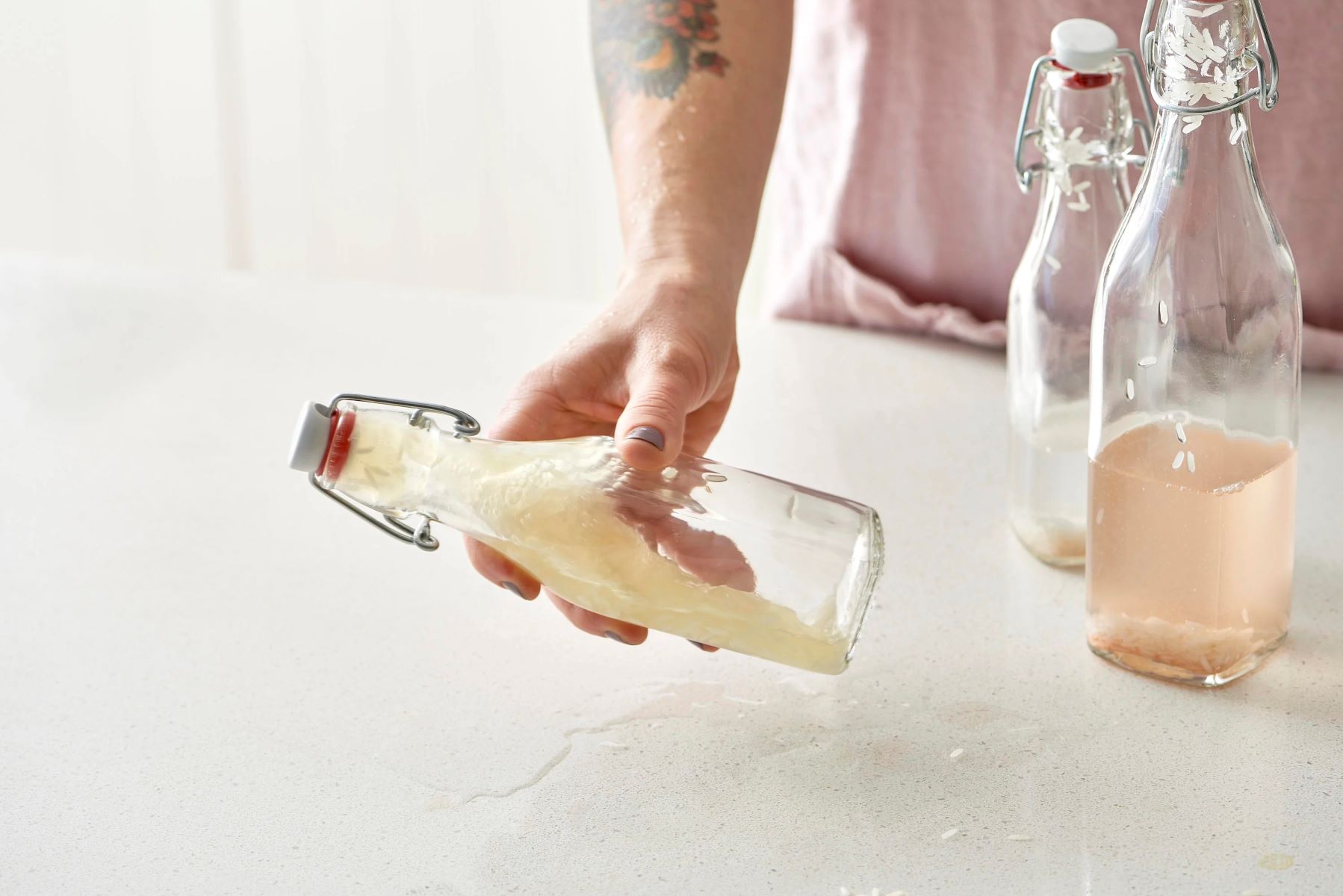
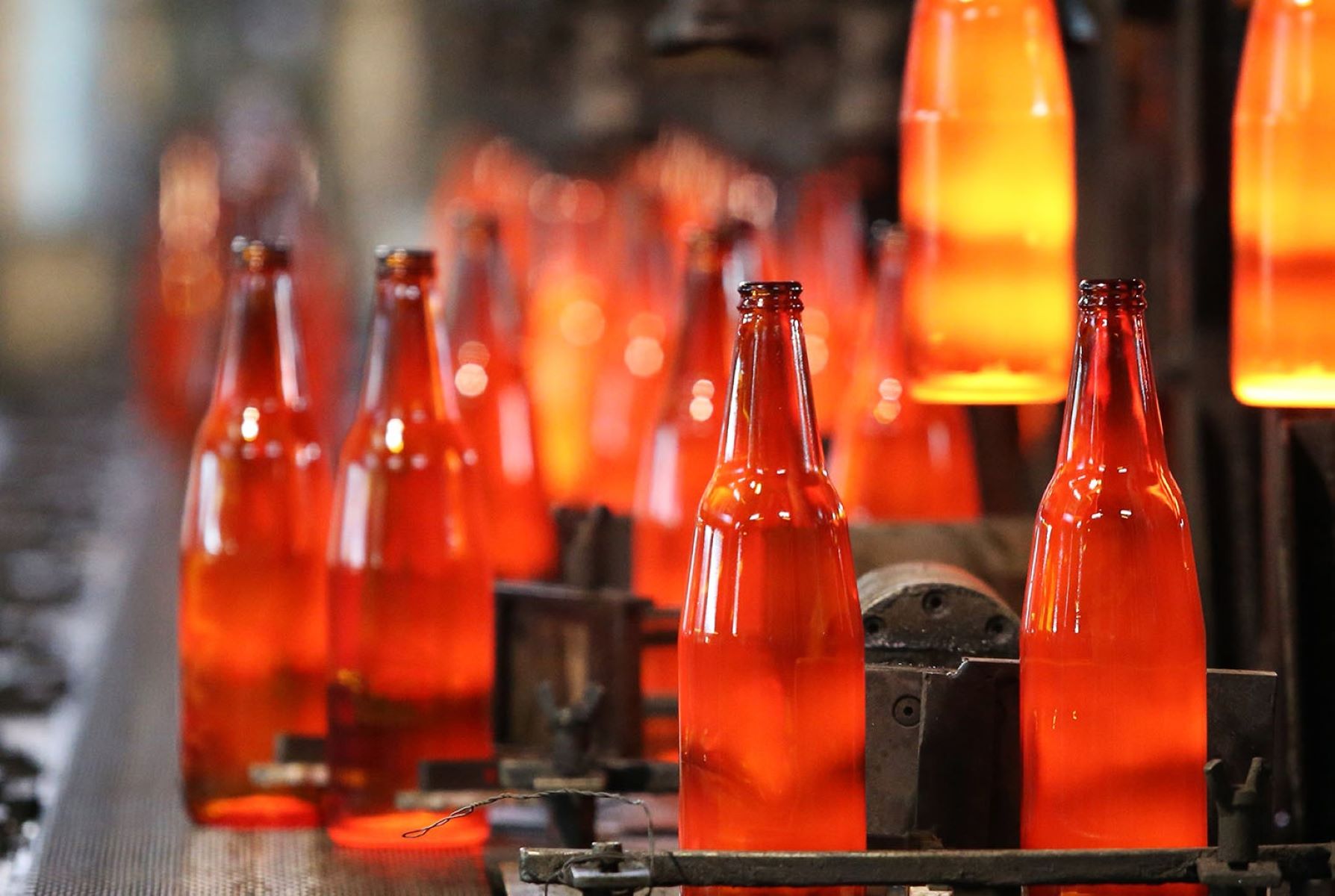
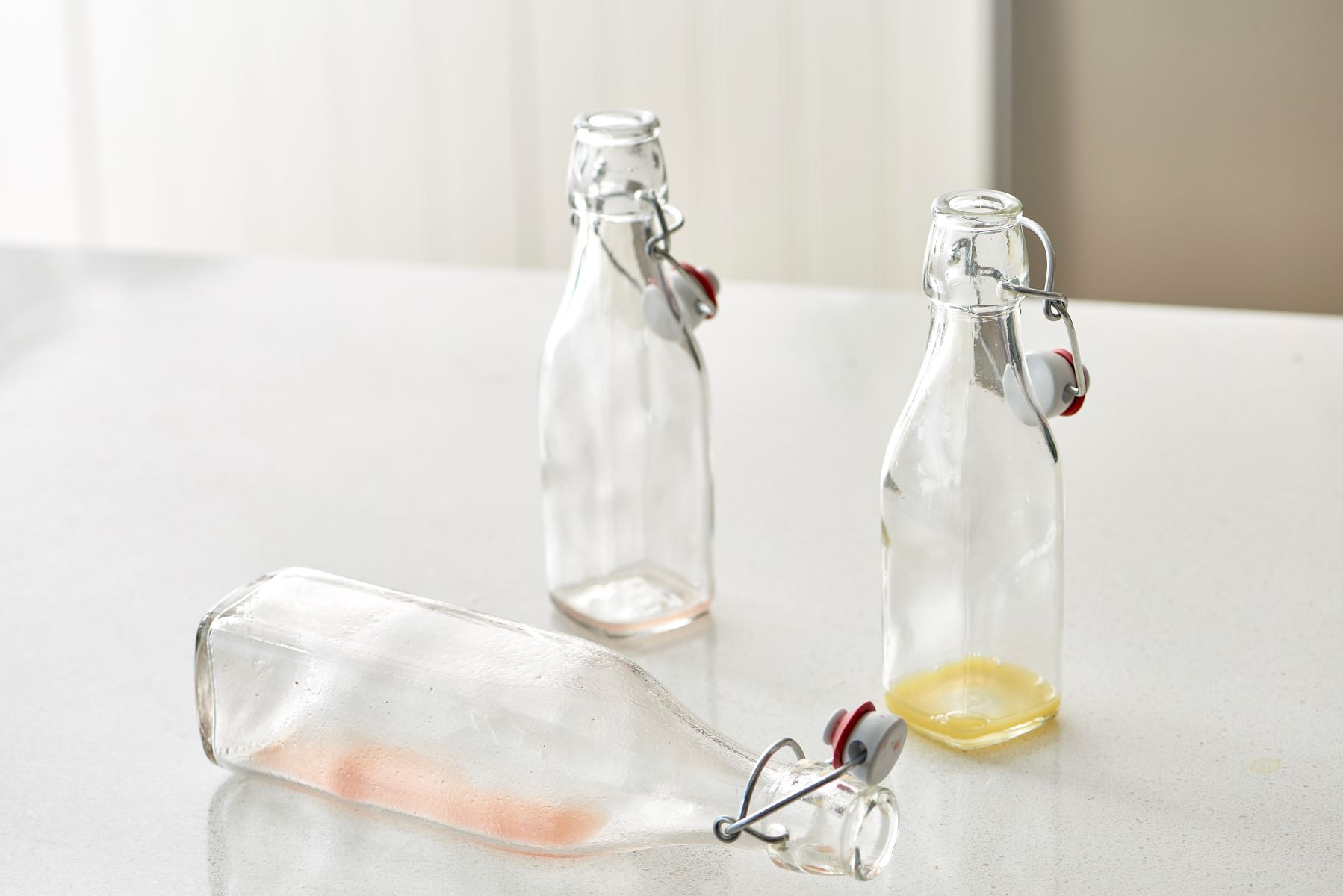

0 thoughts on “How Long Can Water Be Stored In Glass Bottles”